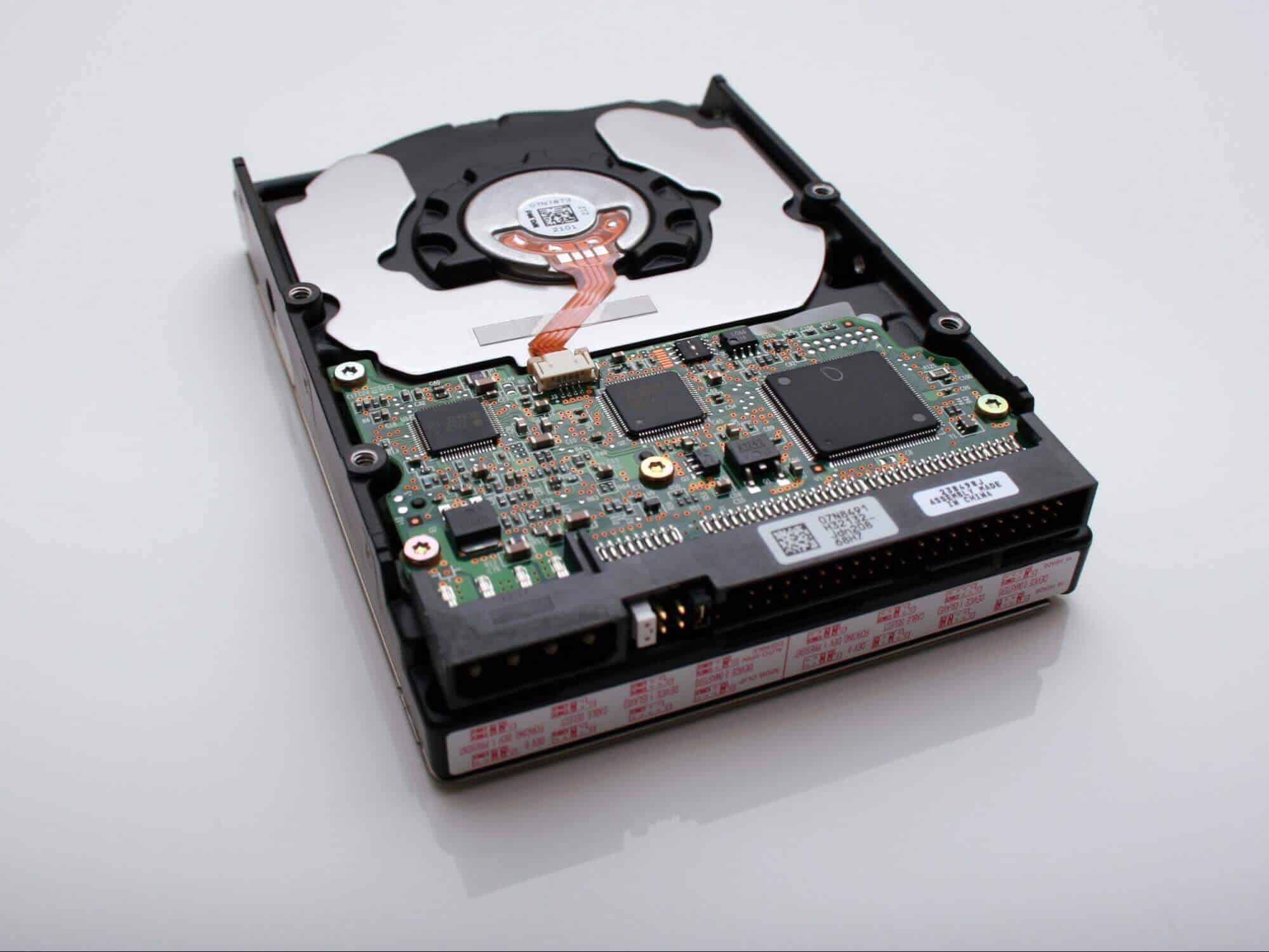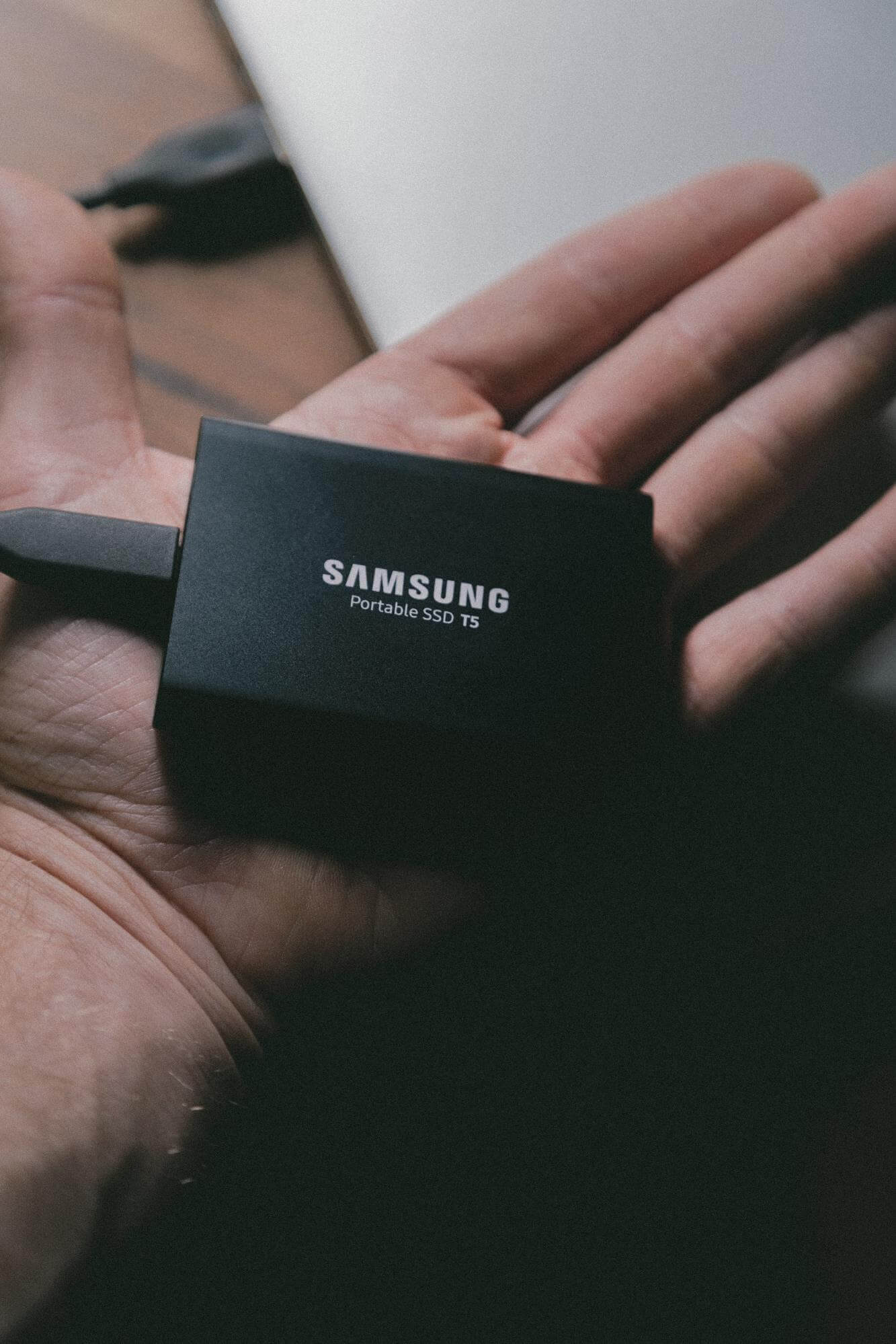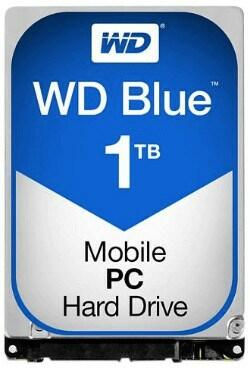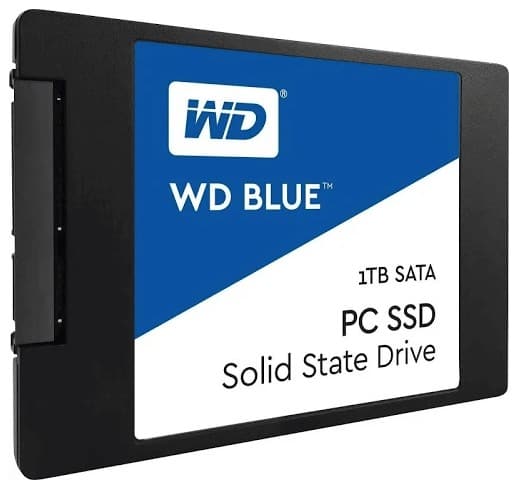Disclaimer: This post may contain affiliate links, meaning we get a small commission if you make a purchase through our links, at no cost to you. For more information, please visit our Disclaimer Page.
These days, a fast computer is a necessity.
After all, nothing is worse than when the dreaded loading bar pops up while you’re trying to watch the latest episode of your favorite show. Or when Skype decides to freeze while you’re on a work call.
And gaming?
Well, if your hard drive is lagging, forget about it. Unless you have sufficient data storage space left, you’re hardly going to be able to open up the game application.
So, there’s a strong likelihood that you’ll want to add a memory storage device to your computer at some point. Depending on the type of storage and operating system you want will also influence your decision.
But, if you don’t know the difference between solid-state drives (SSD) and hard disk drives (HDD), the idea of adding memory to your computer is going to make you pretty overwhelmed.
That’s why we’ve outlined this guide for you.
Below, you’ll learn everything you need to know about these devices as well as see a side-by-side comparison of SSD vs. HDD.
We’ll discuss what each of them does, how they’re different, and which one is a better value.
Sound good?
Take a look!
Jump To:
- What is a Hard Drive Disk (HDD)?
- What is a Solid State Drive (SSD)?
- HDD vs. SSD Speed Test
- Which is Better for Gaming?
- HDD vs. SSD Lifespan
- What Hard Drive is Cheaper?
- Energy Efficiency
- Final Verdict
Table of Contents
What is a Hard Disk Drive (HDD)?
A hard disk drive, or HDD, is the most basic type of computer storage. If you’ve owned a computer any time within the past 50 years, it’s likely that your computer had a regular hard drive inside of it.
Primarily, this drive contains a series of rotating magnetic disks that read the data circulating your computer, grab the things you want to save, and store data securely.
When you turn your computer off, you know that anything you saved will be there the next time you turn it on again. For that, you can thank your hard drive and it’s solid data storage capacity.
And, for a technology that was developed in the late 1950s, they’re relatively efficient, too. These days, a decent hard drive can spin up to 7200 RPM (rotations per minute), which means that it can write up to 120MB per second.
Typically, these drives are popular with the average person who walks into a store and buys a computer off the shelf.
Because most computers (at least up until recently) come pre-equipped with this technology, you don’t have to worry about opening your computer up to add more data storage.
Of course, many computer-savvy people and gamer types used to add storage space to their computer. But, for the most part, people enjoyed the fact that they could turn the computer on and use it.
If the machine got slower over time, they could either export files to an external USB drive or delete unused files that were taking up space.
Read Article: Apple Watch Review (Full Breakdown)
What is a Solid State Drive (SSD)?
These days, a hard disk drive is no longer the only option. Sometime around the early 90s, we saw a new, faster, and more durable technology hit the market.
Although it didn’t catch on with the general public for years, we’ve seen more and more people embrace it in recent times.
Enter solid-state drives (or SSDs).
Whereas HDDs gather data by spinning in circles to collect it from various locations, a solid-state drive funnels all the information into itself by storing data on flash memory chips.
Think of it this way: a hard disk drive is like a company that sends “runners” out to collect payments from customers. A solid-state drive has a policy where all customers must deliver the payments themselves.
Make sense?
Because of this functionality, SSDs tend to have much faster read and write speeds. While a hard drive is only capable of writing up to 120MB per second, a solid drive can write as much as 550MB per second.
And those are just the top-notch ones.
Even a low-grade SSD can usually write as much as 200MB per second, which is far better than a high-grade hard drive.
One of the reasons why people avoided this technology for so long is that you used to have to install it yourself. For years, computer manufacturers strictly equipped their laptops and desktops with hard drives.
Today, however, it’s relatively easy to find an affordable computer with a solid-state drive in it.
HDD vs SSD: Let’s Look at a Speed Test
By and large, solid state drives are much faster than hard disk drives. It not only reads and writes information quicker, but it has a quicker startup time, too.
Sounds great, doesn’t it?
Imagine having a computer that booted up as soon as you pressed the power button? Wouldn’t it be awesome if you no longer had to sit around watching the screen load up while you watched your PC struggle to get started?
Take a look at this comparison video, produced by the YouTube account EasyTechs:
In EasyTech’s video, two identical computers are tested for startup times. Both laptops have the same specs, including the same processor speed.
One of them, however, is equipped with an additional hard disk drive while the other has a solid-state drive installed in it.
The results?
Well, the computer with the HDD had a boot time of approximately 31 seconds to load the desktop screen.
Conversely, the computer with the solid-state drive had a boot time of only 26 seconds to boot up to the same screen.
And EasyTech takes it one step further by testing how long it takes each machine to load Adobe Photoshop (a notoriously data-heavy software program).
While it takes the HDD computer more than 90 seconds to load the program, the SDD computer can complete the task in less than 50 seconds.
So, it should be no surprise why many people opt for solid-state technology, particularly those folks who work with large, complex software programs.
Which One is Better for Gaming?
Because solid state drives have far faster load times, they’re generally more popular among gamers. In fact, the gaming community was one of the first to embrace the technology.
After all, you’ve got to have a fast-reacting computer if you want to remain a Fortnite competitor.
In the words of Samuel Stewart, a writer for GamingScan, “An SSD is much faster and will offer remarkably better performance when it comes to gaming, particularly in terms of loading times.”
But, the benefits don’t end there.
As Stewart points out, solid-state drives are also far more durable, meaning that they’re able to function for longer periods (i.e., all night gaming binges).
This is because SSDs don’t have all the moving parts that HDDs do. No disks are spinning inside the drive. No mechanical arms are moving around gathering data. There’s just a solid, magnetic block sitting there, reading and writing as fast as possible.
“HDDs…are prone to malfunctioning and to physical damage simply because of the mechanisms that their functioning relies on,” Stewart writes.
If gaming is your primary concern, then, you’ll probably want to opt for a solid-state drive. Not only will your computer operate much quicker, but it will be able to endure long hours, too.
Read Article: How to Wipe a Mac Hard Drive
Comparing their Lifespans
If you’re investing in a storage device for your computer, you probably want to consider its lifespan.
How long is this thing going to last, anyway?
No one wants to spend a few hundred bucks on a drive, only to have to buy a new one in a year.
So, durability and lifespan are important to consider.
Once again, you have to remember that HDDs have a lot of moving parts. And with more pieces comes more opportunity for damage.
Therefore, these drives tend to die quicker than their solid counterparts.
However, this doesn’t mean that there aren’t risks with SSDs.
The main problem with this type of drive is that it gets slower as it has more data written onto it.
In other words, the more you use it, the slower it’s going to get. And, like most drives, it’s eventually going to die.
But, as long as you take care of your SSD, it should last much longer than a hard drive.
How Do SSD and HDD Prices Compare?
Price is one of the categories where hard disk drives come out as the victor.
For the most part, hard technologies are WAY less expensive than solid-state products.
When it comes to hard drives, you’re likely to pay roughly $0.03 per GB for your product. With solid-state drives, on the other hand, you’ll probably pay around $0.20 per GB.
Of course, by paying more, you’ll get access to the speed and other benefits it offers. But, if you’re looking to boost your storage space on a budget, you’ll probably want to opt for a new hard drive.
A 1TB HDD by Western Digital, for example, goes for as little as $49 on Jet.com.
But, a 1TB SSD by the same company runs for nearly $150.
The extra $100 could be worth it, especially if you plan on playing video games or editing video.
But, if you can’t afford it, a classic hard disk drive may be your best option.
Considering Energy Efficiency
While SSD prices are much higher in the short term, they can help you save money in the long run.
Wait…how?
Well, solid state technology consumes less electricity.
In other words, it takes far less power to run an SSD than it does to run an HDD.
According to The Revisionist, an SSD drive uses roughly 225% less power than a hard drive when they’re both operating for the same amount of time.
While a 5V 500mA hard drive consumes nearly two watts of power for every hour it’s on, an SSD of comparable size uses less than one watt.
And, as the site points out, HDD users tend to leave their computers running longer because the extended startup time makes booting up a chore.
With a solid state drive, however, it’s much easier to turn your computer on and off. Therefore, it’s likely that you’ll shut it down more often.
Ultimately, that means that choosing the right drive could help you to cut down on electricity costs.
Solid State Drives vs Hard Disk Drives: The Final Verdict
If you’ve read the info we outlined above, you’re probably prepared for our final verdict:
SSDs are better than HDDs overall.
Whether we’re talking about speed, lifespan, durability, or any other benchmark, solid-state technology is usually your best option.
In the past, hard drives were better for people who needed massive amounts of data storage. Up until recently, there wasn’t an SSD capable of storing several terabytes of data.
But, nowadays, that’s not the case. Several different solid-state models can hold ridiculous amounts of data. Just a few years ago, for example, Samsung released a 30TB SSD product that puts all of those high-volume HDDs to shame.
So, in the end, a hard disk drive is only better if you’re short on cash and need to add some extra data storage to your computer.
Whether you’re in the market for a new computer and are interested in investing in an Apple machine such as a MacBook Pro or a Windows machine, it’s important to pay attention to the type of drive it has so you can be sure it will fit your needs.
If you’ve got the cash for a solid state drive, we recommend that you opt for one of those.




